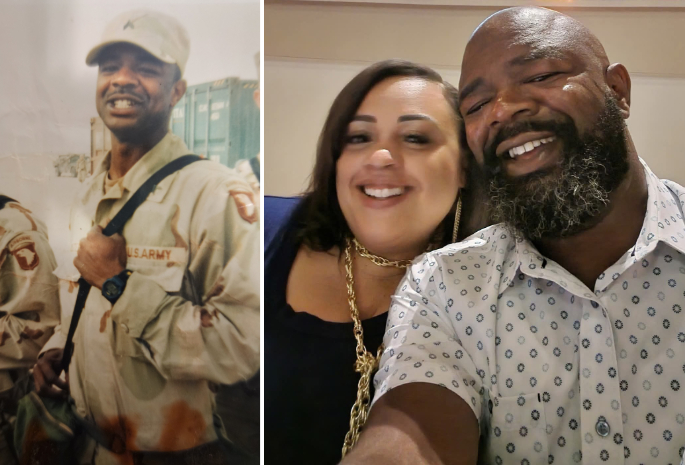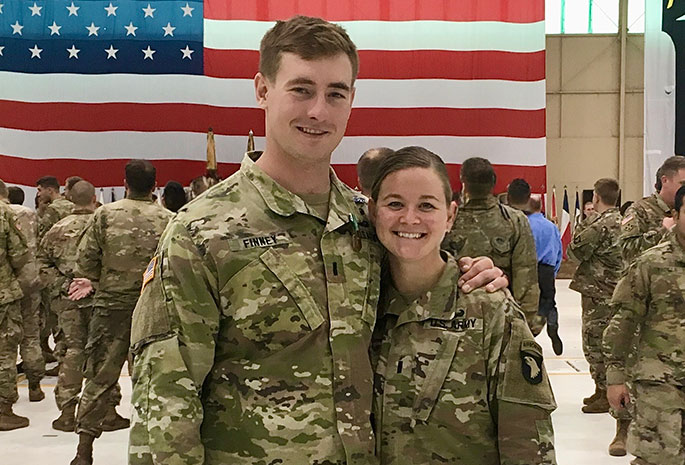The demands of service weren’t limited to the battlefield. “The totality of all those experiences—the combat, the losses, the exhaustion—it wore on me. I gave up a lot to be with my unit and my soldiers. I was never wounded, but a piece of me always stayed behind,” he said.
The cycle of deployments left little opportunity to process what had happened before it was time to prepare for the next mission. Even within the military community, there seemed to be little space to acknowledge what he’d been through. “You come back, and everyone expects you to act like nothing happened,” he said. “I just buried myself in the work—and eventually, all that stress started getting in the way of who I was and who I wanted to be.”
Trying to Cope through Medication and Counseling
By his final deployment in 2016, the stress was undeniable. His older children were approaching their senior year of high school, and he felt like a stranger to his own family. He began trying to manage the stress with medication and counseling.
During an early therapy session, a clinician asked, “If you’re this stressed, why don’t you just leave the army?” Leaving wasn’t an option Sean was ready to consider; he didn’t want to hit the eject button on a career he had worked so hard to build. What he wanted was to find a sustainable way to manage stress.
Sean carried on by doing therapy, taking medication, and trying to convince himself that what he was feeling was just part of the job. “I’d get to a place where I could normalize my day-to-day and think I was okay,” he recalled.
Even when things appeared normal, underlying stressors would eventually resurface. He would return to therapy or revisit his treatment plan, but it wasn’t working for him. “More often than not, it was just me taking medication and not talking to anyone,” he shared. “There was no one to help me recognize what my thought patterns were, or how I was reacting to them. I didn’t know how to deal with them in a different way.”
Sean knew he needed something unlike what he had already tried, so he joined the Wounded Warrior Project®. During an onboarding call with a team member, he learned about the Emory Healthcare Veterans Program.




